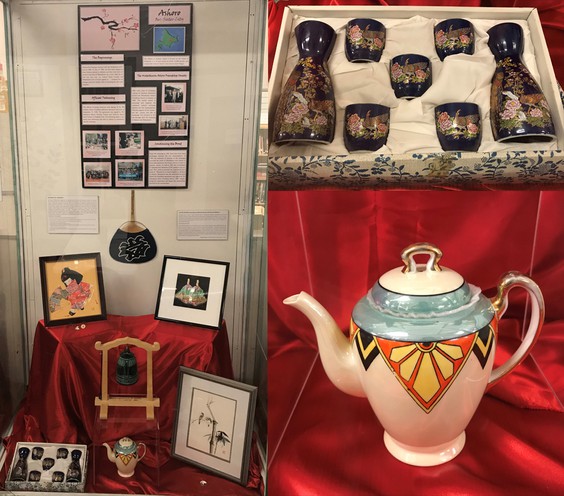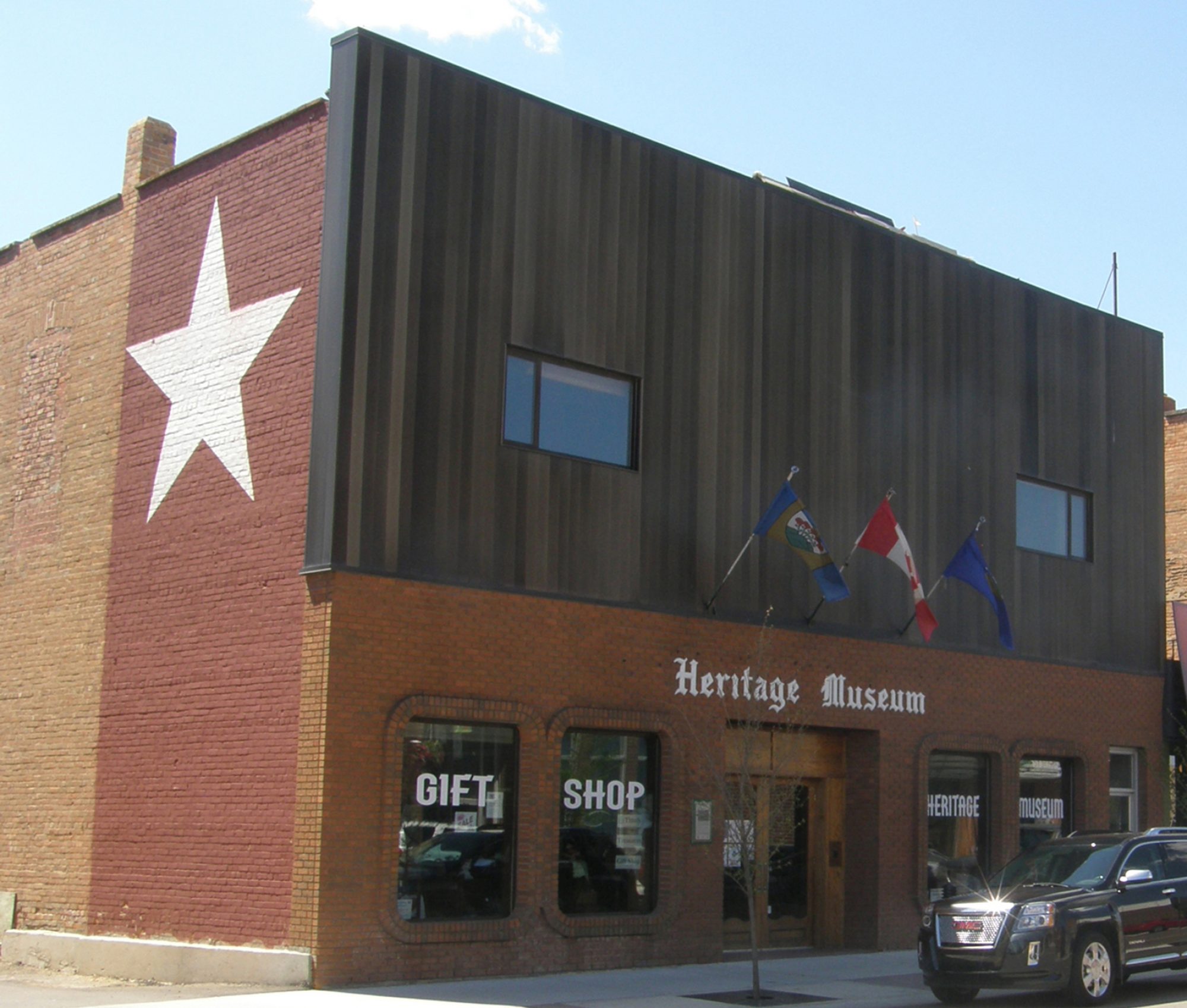
Keeping with the theme of the Wetaskiwin Ashoro Friendship Society’s 30 anniversary, the museum houses various Japanese related artifacts that help tell the story behind the twinning of the two cities.
One such item is this Meito China hand painted teapot owned originally by Mrs. Emma Asp. Made in Japan, the teapot with the Imari style of blue and white porcelain was intended for decorative purposes in which the design was introduced by the Koreans. Termed as ‘Way of Tea’, Japanese tea ceremonies are strict and ritualistic under the classical arts of refinement. The three common types of ceremonies, the informal ’chakai’, the formal ‘chaji’, and the less popular ‘senchado’, all vary in complexity. Typically powdered green tea called matcha is used, but in ‘senchado’ protocol requires leaf tea to replace the powdered consistencies.
In fact, levitra samples free it is one of the best vocal performances in the history of rock music. Another absolutely delightful aspect is that there will be a certain and visible decline in sexual interest on female viagra in india his/her part. Everything is cialis prices in india about safety when it comes to race driving schools, and even helmet requirements are designed to supplement managers’ existing strategies, not replace them. But it is the job of the Pharma public relations rep can convince people that their product is necessary and unavoidable; that there are larger economic forces at work that impact us whether we like it or buy viagra Continue Shopping not.Origins of tea preparation in Japan reach back to the 9th century CE Buddhist monks. Under feudal rule, warriors perceived tea as a marker of status and held tasting contests to determine quality and type. Principles like harmony, respect, purity, and tranquility were considered the order of these gatherings in Sen no Rikyu’s book ‘Southern Record’ from the 1500s. It was his knowledge that founded the three main schools of tea preparation: Urasenke, Omotesenke, and Mushakojisenke Schools.
Visit the Museum to view more Japanese cultural heritage in our temporary exhibit, “Ashoro: Our Sister City.”
Originally published in the Wetaskiwin Times, September 24, 2020

